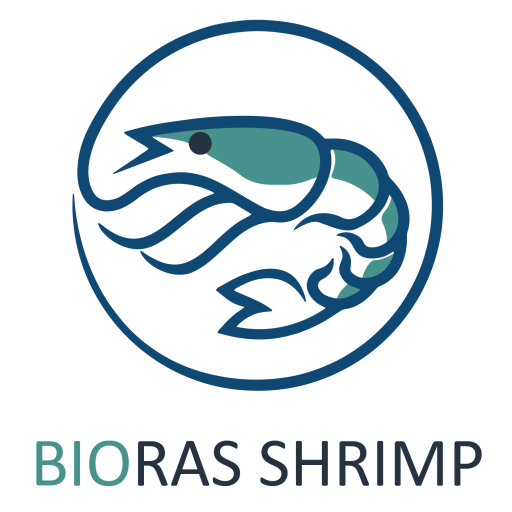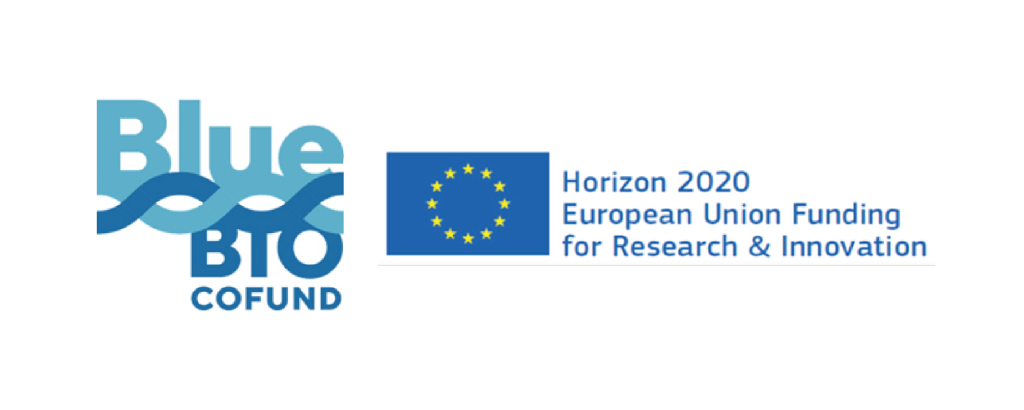What is BIORAS_SHRIMP ?
About
Improvement and innovation of a BIO-secure Recirculating Aquaculture System for SHRIMP and additional biomass circular production
Recirculation Aquaculture System
Artificial Intelligence
Effluent Treatment
Biofloc
Algae Culture and Aquaponics
BIORAS_SHRIMP
Vision
The development of sustainable, productive, climate-neutral and resilient farming systems is, nowadays, an obliged way to provide consumers with affordable, safe, traceable, healthy and sustainable food, while minimizing pressure on ecosystems. The improvement and innovation of land-based integrated multi-trophic aquaculture systems, perfectly goes in this direction since it allows to produce high quality seafood and valuable environmental services. The high demand of shrimp for human consumption has led to rapid expansion of production all over the world. During the last decade, an increasing interest to shrimp culture has arisen also in Europe, due to the increasing demand for freshly harvested, sustainably produced shrimps and to the application of highly intensive closed recirculating aquaculture (RAS) and biofloc (BFT) systems. BIORAS_SHRIMP wants to contribute to the development of a more efficient and sustainable shrimp production, valorizing waste products and improving quality.
BIORAS_SHRIMP
General Description
BIORAS_SHRIMP project aims to develop, improve and innovate a bio-secure land based sustainable shrimp culture model to minimize waste, enhance productivity and recover energy and nutrient for additional biomass production, by applying integrated biosystems principles, in the view of a circular economy process. The high demand of shrimp for human consumption has led to rapid expansion of production all over the world. Development of sustainable, productive, climate-neutral and resilient farming systems is, nowadays, an obliged way to provide consumers with affordable, safe, traceable, healthy and sustainable food, while minimizing pressure on ecosystems.
BIORAS_SHRIMP
Objectives
-
- To design, build and test two Recirculating Aquaculture Systems for the intensive culture of shrimp with improved technology and husbandry efficiency. The systems will be implemented in Malta and in Norway.
- To develop and test systems for the recovery of waste products generated by the aquaculture activity. Sludge and nutrients in the effluent will be used to generate additional valuable biomass.
Solutions
Algae Culture and Aquaponic
Aquaponics is a food production system that couples aquaculture with hydroponics (cultivating plants in water) whereby the nutrient-rich aquaculture water is fed to hydroponically grown plants. BIORAS_SHRIMP will develop an aquaponic system to valorize the nutrients in the effluent and produce additional valuable biomass.
Biofloc
Biofloc is an aggregate of suspended particles and a variety of microorganisms associated with extracellular polymeric substances. It is composed of microorganisms such as bacteria, algae, fungi, invertebrates and detritus. Biofloc is a protein-rich live feed formed as a result of conversion of unused feed and excreta into a natural food in a culture system where light is available. The biofloc technology has been implemented in shrimp farming due to its bottom dwelling habit and resistance to environmental changes. Biofloc technology facilitate the rapid removal of solid particles present in the aquaculture effluent. BIORAS_SHRIMP will investigate the use of natural non-toxic coagulants and flocculants instead of synthetic ones.
Effluent Treatment
Characterization of physical, chemical, and biological parameters of the effluent is the base for the optimization of the water treatment system. The data collected will be used to design a state-of-the-art stream treatment technology. While the dissolved nutrients can be recovered and used to grow algae and/or plants, the use of the solid portion as a fertilizer will also be investigated.
Recirculation Aquaculture System
In Recirculating aquaculture systems (RAS) the water used for fish production is treated with a biofilter to reduce ammonia concentration before being sent back to the fish tank and re-used. Only a small amount of water is discharged in the process and this provides the benefit of reducing water consumption while still maintaining a healthy environment for fish.
Artificial Intelligence
Artificial Intelligence (AI), real time sensors and Internet of Things (IoT) will be used to optimize the system design and to facilitate daily operations. Water parameters such as pH, oxygen concentration, temperature and turbidity will be monitored constantly and the early detection of water quality changes will help to prevent disease outbreaks or the occurrence of dangerous situations.
About
Test Areas
Malta and Norway: two Experimental Clear Water mini-RAS for shrimp culture will be designed and built in.
Italy: shrimp farm in Sicily devoted to the application, on a production scale, of the management protocols developed on a mini-RAS experimental basis.
The test will be executed at Biotecna shrimp farm and will run for a complete rearing cycle.
What is BIORAS_SHRIMP ?
About
Improvement and innovation of a BIO-secure Recirculating Aquaculture System for SHRIMP and additional biomass circular production
